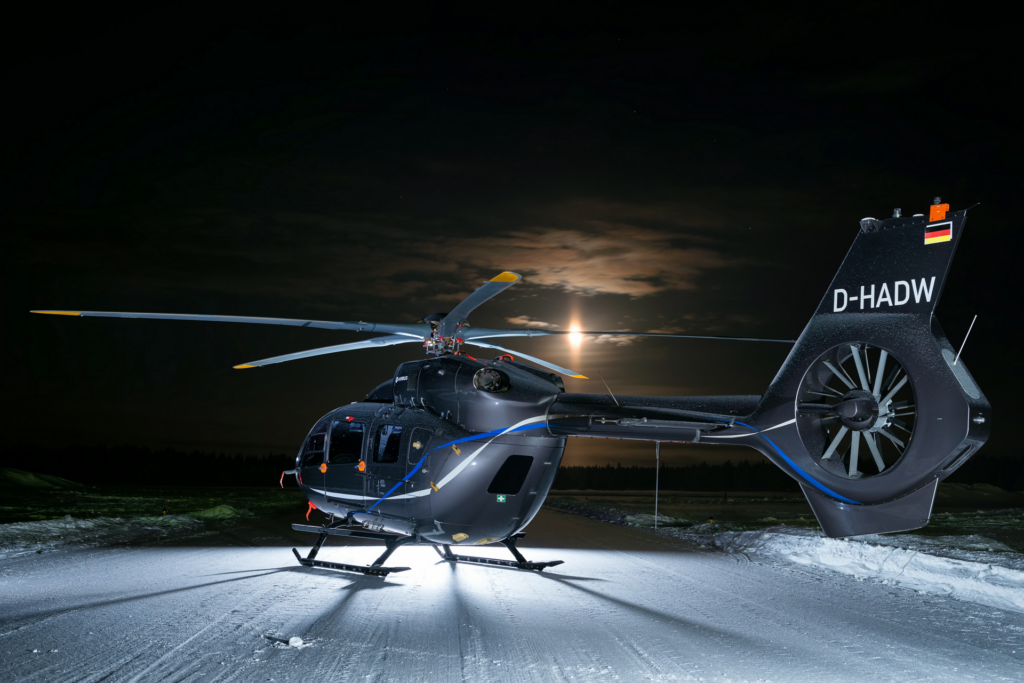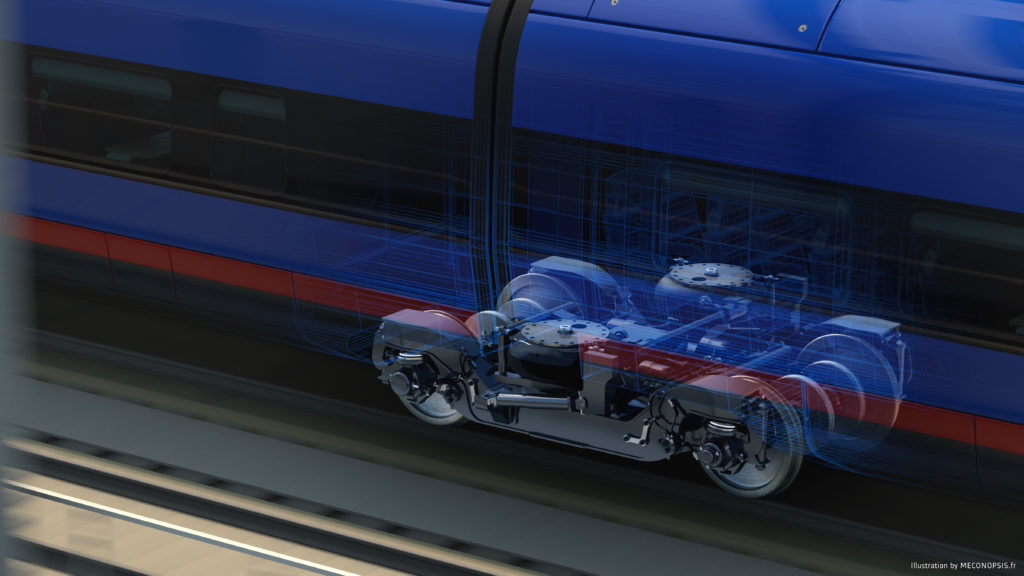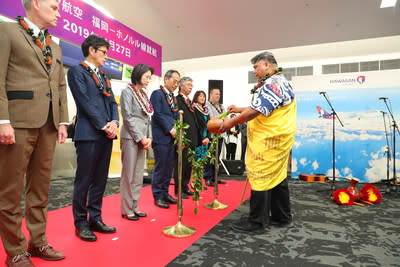- Ready for customer deliveries later this year
- Raising the bar in performance, comfort, simplicity and connectivity

Airbus Helicopters’ five-bladed H145 has been certified by the European Union Aviation Safety Agency (EASA), clearing the way for customer deliveries towards the end of summer 2020. The certification covers the full range of capabilities, including single-pilot and instrument flight rules (IFR) and single engine operations (Cat.A/VTOL), along with night vision goggles capability.
“Our new five bladed H145 is an excellent example of our quest for continuous improvement and providing incremental innovation that responds to our customers’ requirements”, said Bruno Even, Airbus Helicopters CEO. “This helicopter combines value-added features with the robustness and the reliability of a tried-and-tested bestseller, making it very competitive in the light twin-engine market.”
The new version of Airbus’ best-selling H145 light twin-engine helicopter was unveiled at Heli-Expo 2019 in Atlanta, GA, with launch customers announced for almost every market segment. Prior to the successful high-altitude test campaign in South America, where the aircraft set its skids down on the Aconcagua, the highest mountain in the Southern hemisphere, the new H145 performed several test campaigns including in Spain at medium altitudes and Finland for cold weather.
This latest upgrade of the H145 family adds a new, innovative five-bladed rotor to the multi-mission H145, increasing the useful load of the helicopter by 150 kg (330 lb). The simplicity of the new bearingless main rotor design will also ease maintenance operations, further improving the benchmark serviceability and reliability of the H145, while improving ride comfort for both passengers and crew. Certification by the Federal Aviation Administration will follow later this year. The certification for the military version of the five-bladed H145 will be granted in 2021.
Powered by two Safran Arriel 2E engines, the H145 is equipped with full authority digital engine control (FADEC) and the Helionix digital avionics suite. It includes a high performance 4-axis autopilot, increasing safety and reducing pilot workload. Its particularly low acoustic footprint makes the H145 the quietest helicopter in its class.














